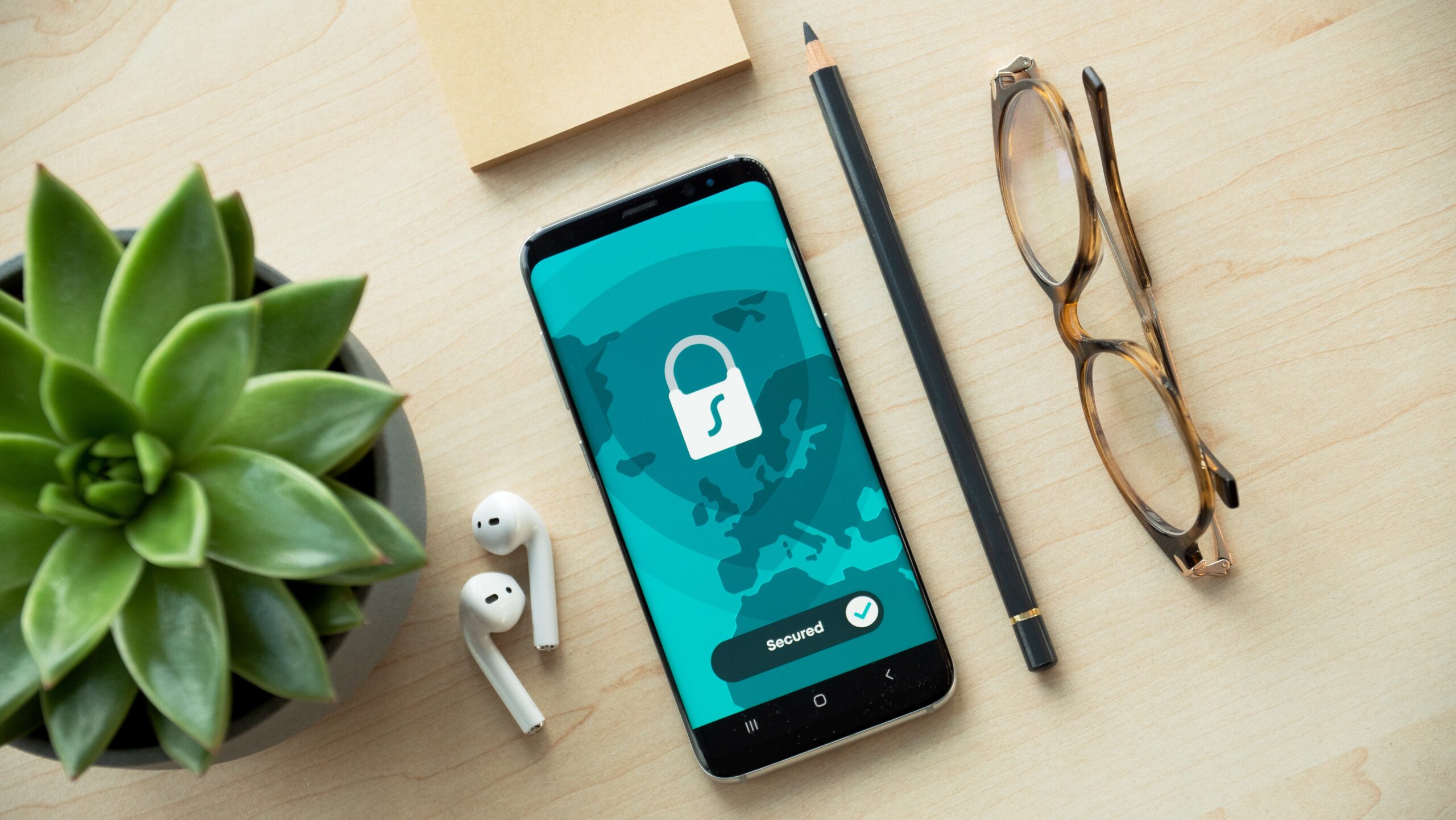
Introduction
In this digital age, where our lives are increasingly intertwined with the internet, protecting our privacy online has become more important than ever. With cyber threats evolving constantly, it’s crucial to stay one step ahead and safeguard our personal information. Whether you’re a seasoned internet user or just starting to explore the online world, here are the top 10 tips to protect your privacy online in 2024.
1. Keep Your Software Updated
One of the simplest yet most effective ways to protect your privacy is to keep your software up to date. Regularly updating your operating system, web browsers, and other applications ensures that you have the latest security patches and bug fixes, reducing the risk of vulnerabilities that hackers could exploit.
2. Use Strong and Unique Passwords
Using strong and unique passwords for all your online accounts is a fundamental step in protecting your privacy. Avoid common passwords and consider using a password manager to generate and store complex passwords securely. Remember, using the same password for multiple accounts increases the risk of a domino effect if one account is compromised.
3. Enable Two-Factor Authentication
Two-factor authentication adds an extra layer of security to your online accounts by requiring a second form of verification, such as a fingerprint, a unique code, or a physical security key. Enable this feature whenever possible to prevent unauthorized access even if your password is compromised.
4. Be Cautious with Public Wi-Fi
Public Wi-Fi networks can be convenient, but they also pose significant risks to your privacy. Avoid accessing sensitive information, such as online banking or personal emails, while connected to public Wi-Fi. If you must use public networks, consider using a virtual private network (VPN) to encrypt your connection and protect your data from prying eyes.
5. Review Privacy Settings
Take the time to review and customize the privacy settings on your social media accounts, email providers, and other online platforms. Limit the amount of personal information you share publicly and be mindful of the permissions you grant to apps and websites. Regularly check and update your privacy preferences as these settings may change over time.
6. Be Wary of Phishing Attempts
Phishing attacks have become increasingly sophisticated, making it essential to be vigilant. Be cautious of unsolicited emails, messages, or phone calls that request personal information or urge you to click on suspicious links. Avoid sharing sensitive data unless you can verify the authenticity of the request.
7. Secure Your Devices
Securing your devices goes beyond just setting a strong password. Enable biometric authentication, such as fingerprint or facial recognition, to add an extra layer of protection. Regularly back up your data to safeguard against loss or ransomware attacks. Consider encrypting your devices to ensure that even if they fall into the wrong hands, your data remains inaccessible.
8. Use Privacy-Focused Browsers and Search Engines
Consider using privacy-focused browsers and search engines that prioritize user privacy. These alternatives often offer features like built-in ad blockers, tracker blockers, and advanced privacy settings. By using these tools, you can reduce the amount of data collected about your online activities and enhance your privacy.
9. Educate Yourself About Online Privacy
Stay informed about the latest trends and best practices in online privacy. Educate yourself about the risks and potential threats that exist online. By staying up to date, you can make informed decisions and take appropriate measures to protect your privacy effectively.
10. Regularly Monitor Your Online Presence
Regularly monitoring your online presence can help you identify any potential privacy breaches. Set up alerts for your name, email address, or other personal information to receive notifications if they appear in data breaches or on the dark web. Prompt action can minimize the damage and help you regain control of your privacy.
In Conclusion
Protecting your privacy online is a continuous effort that requires awareness, vigilance, and the implementation of best practices. By following these top 10 tips, you can significantly enhance your online privacy and reduce the risk of falling victim to cyber threats. Remember, your privacy is in your hands, so take the necessary steps to safeguard it in this ever-changing digital landscape.












